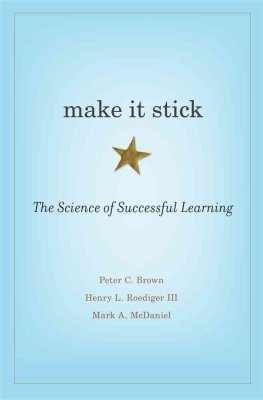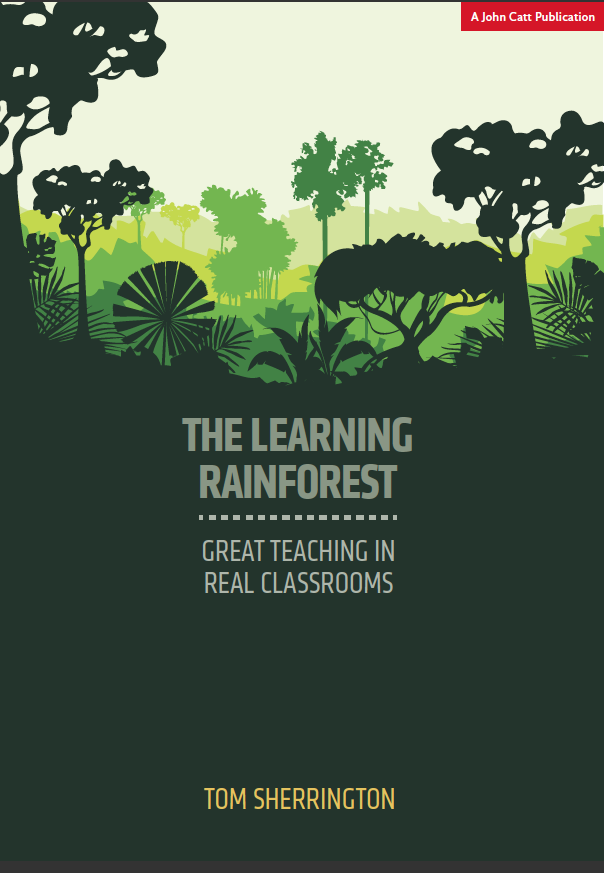As teachers, we often have to remind ourselves of the importance of knowing children’s starting points in any given subject. But what happens when their general knowledge is so lacking, that we cannot even begin to conceptualize what schema they are missing?
I recently ran a CPD session for teachers at my school, emphasising the importance of explicitly teaching children knowledge. As a follow up, the Deputy Head sent round a blog post by Tom Sherrington in which he discusses the case of a 17 year old who did not know what ‘Vietnam’ was and therefore couldn’t adequately answer a comprehension question about Mohammed Ali. This blog post perfectly encapsulated everything I had been trying to communicate, and I incredulously mulled it over – how could a school have allowed a pupil to reach the grand old age of 17 without knowing what Vietnam was? I knew that we, as a school, could do more to equip our children with a good level of general knowledge, but at least, I reassured myself, we weren’t letting children leave primary school without the absolute basics.
How very wrong I was.
Last week, I team taught a year 6 guided reading lesson on the Renaissance. We have moved towards whole class guided reading, with an emphasis on systematically building knowledge. This was the first lesson and very much focused on contextualising the unit. I therefore started with a world map, recapping the continents and oceans. As I had already taught this lesson to my own class, I knew the level of geographical knowledge was very low, so I tried to address that. I revised geographical vocabulary like North, East, South and West. I was alarmed that the vocabulary seemed new to them. Had they never heard the mnemonic ‘Never Eat Shredded Wheat’ that was drummed into me as a child? How had they got to age 11 without such basic understanding? I also taught them that the sun rises in the East and sets in the West, something they really, really should have learnt in KS1.
This is not to say that all children in the class lacked this knowledge, but from my understanding of the cohort and from the small proportion who demonstrated having this knowledge, I assume that those children had acquired it through means other than school, for example families, private tutoring or independent reading.
So far, so shocking. Towards the end of the lesson, I had to leave, so my colleague took over. I left the children with the task of studying a simple map of Renaissance Italy and answering question such as, ‘What cities are located on the coast?’ and, ‘What island is located at Italy’s southern tip?’.
The children had drunk in the knowledge I was sharing, and seemed to be on task, so I left, feeling confident that the class could complete the work.
In fact, when I later caught up with my colleague, she informed me that she’d had to explain how to recognise a city on a map, and how to work out when cities were on the coast. Indeed, it appeared that many children did not know what the coast was. So although I’d already assumed a very low base level of knowledge, I had not pitched the content low enough. Indeed, the National Curriculum includes the ‘coast’ in the list of physical features children should be familiar with by the end of KS1. And here they were, at the tail end of KS2, complete blank slates.
This is probably even worse than a 17 year old not knowing what Vietnam is, especially since the UK is an island, and therefore the coast is quite an important geographical feature of the land! How can we have allowed our children to get to year 6 knowing so little about geography? I wish I could say that their knowledge of the other humanities is deeper, but I can’t.
Two things struck me: if this year 6 class had not known what ‘coast’ meant, my own class probably hadn’t either. But while this class had the benefit of a teacher who noticed the gap and addressed it, my class had a teacher who assumed this knowledge and so didn’t explicitly teach or re-teach it. Because the children had been able to complete the task, I assumed they all had the vocabulary. What is probably closer to the reality, however, is that some had it, others guessed from context and still others copied or quietly got away with it. So in my so-called knowledge rich lesson, I missed a key bit of knowledge – because I hadn’t realised how much was missing. Or perhaps more accurately, I hadn’t wanted to realise.
I hadn’t wanted to imagine a world in which we, as teachers, were exacerbating our pupils’ disadvantage. The children I teach are disadvantaged in many ways, and by denying them the chance to learn directional language and recognise basic geographical features, we are further robbing them of the opportunity to be successful. Something had clearly gone wrong in their education to date.
So, what’s the solution?
A) Honesty: as individual teachers, as a school and as a profession, we need to be honest about what children know, don’t know and need to know. What can they learn at home, what can they learn naturally, what can they learn through exposure, and what must be taught explicitly? The curriculum working party at my school recently asked teachers to honestly evaluate what proportion of the non-negotiables we were covering. Teachers insisted that they were covering all or most of them. Perhaps a more incisive question would have been: what proportion of the non-negotiables are the children learning and how do you know?
B) Curriculum: in order to ensure that year 6s leave school knowing what the coast is, and that 17 year olds can name countries around the globe, we must develop cohesive, coherent and systematic knowledge-rich curricula. We must move away from teaching random units and expecting children to make connections between them. This is not how we educate children to be well-rounded. In order to achieve that laudable aim, we must insist on as coherent a curriculum as possible.
C) High expectations and rigour: all our children should master the curriculum. Good, well-structured teaching allows the primary school curriculum to be accessible to all. It is by denying children the chance to access it, through attainment seating, setting, or poor teaching, that we deny them the chance to master the material. According to the EEF, ability grouping has a very small positive impact on high attaining children, and a small negative impact on low and middle attaining chilldren. If we choose to group children according to ability, how can we be surprised when our lower attainers do not know their times tables? If we reflect honestly, have we ever expected them to learn them? Or have we, at the earliest sign of difficulty, labelled them ‘low ability’ and given them a times tables square?
In her own CPD session, my Deputy Head used a fantastic analogy for the consequences of having low expectations: when drivers fail their driving test first time, the driving school doesn’t give them a modified curriculum which bypasses core skills such as changing gears and reversing, and then allow them out onto the roads. Learner drivers are expected to take more lessons, work harder and practise – any other approach would have tragic consequences both for the driver and the public at large. And yet, too often, when we discover a child hasn’t understood, we lower our expectations of them. “It’s okay,” we say, “have this easier worsheet”. The problem is, they then go out into the very same world as their high attaining peers: our low expectations harm them in the long run. It most certainly is not okay for them to not understand the content of the lesson – and it is up to us to find a way of ensuring all children master the curriculum.
As I discovered this week, it’s uncomfortable to confront the reality of how little our children know and to admit that we as teachers can sometimes play a guilty role within that. But it’s only by being brutally honest, developing a curriculum which fills those gaps, and expecting all children to master it, that we can be sure we are doing everything in our power to give our children the best chance of success.


